Note
Access to this page requires authorization. You can try signing in or changing directories.
Access to this page requires authorization. You can try changing directories.
In this article, you learn how to integrate SAP Analytics Cloud with Microsoft Entra ID. When you integrate SAP Analytics Cloud with Microsoft Entra ID, you can:
- Manage your accounts in one central location.
- Enable your users to be automatically signed-in to SAP Analytics Cloud with their Microsoft Entra accounts.
Prerequisites
The scenario outlined in this article assumes that you already have the following prerequisites:
- A Microsoft Entra user account with an active subscription. If you don't already have one, you can Create an account for free.
- One of the following roles:
- SAP Analytics Cloud single sign-on (SSO) enabled subscription.
Scenario description
In this article, you configure and test Microsoft Entra SSO in a test environment.
SAP Analytics Cloud supports SP initiated SSO.
SAP Analytics Cloud supports Automated user provisioning.
Add SAP Analytics Cloud from the gallery
To configure the integration of SAP Analytics Cloud into Microsoft Entra ID, you need to add SAP Analytics Cloud from the gallery to your list of managed SaaS apps.
- Sign in to the Microsoft Entra admin center as at least a Cloud Application Administrator.
- Browse to Entra ID > Enterprise apps > New application.
- In the Add from the gallery section, type SAP Analytics Cloud in the search box.
- Select SAP Analytics Cloud from results panel and then add the app. Wait a few seconds while the app is added to your tenant.
Alternatively, you can also use the Enterprise App Configuration Wizard. In this wizard, you can add an application to your tenant, add users/groups to the app, assign roles, and walk through the SSO configuration as well. Learn more about Microsoft 365 wizards.
Configure and test Microsoft Entra SSO for SAP Analytics Cloud
Configure and test Microsoft Entra SSO with SAP Analytics Cloud using a test user called B.Simon. For SSO to work, you need to establish a link relationship between a Microsoft Entra user and the related user in SAP Analytics Cloud.
To configure and test Microsoft Entra SSO with SAP Analytics Cloud, perform the following steps:
- Configure Microsoft Entra SSO - to enable your users to use this feature.
- Create a Microsoft Entra test user - to test Microsoft Entra single sign-on with B.Simon.
- Assign the Microsoft Entra test user - to enable B.Simon to use Microsoft Entra single sign-on.
- Configure SAP Analytics Cloud SSO - to configure the single sign-on settings on application side.
- Create SAP Analytics Cloud test user - to have a counterpart of B.Simon in SAP Analytics Cloud that's linked to the Microsoft Entra representation of user.
- Test SSO - to verify whether the configuration works.
Configure Microsoft Entra SSO
Follow these steps to enable Microsoft Entra SSO.
Sign in to the Microsoft Entra admin center as at least a Cloud Application Administrator.
Browse to Entra ID > Enterprise apps > SAP Analytics Cloud application integration page, find the Manage section and select Single sign-on.
On the Select a Single sign-on method page, select SAML.
On the Set up Single Sign-On with SAML page, select the pencil icon for Basic SAML Configuration to edit the settings.
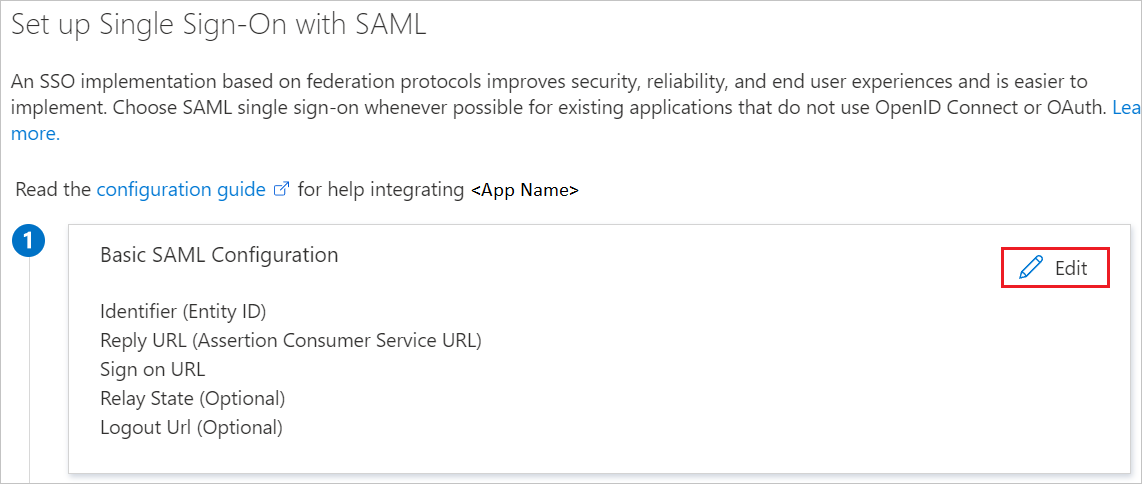
On the Basic SAML Configuration section, enter the values for the following fields:
a. In the Identifier (Entity ID) text box, type a value using one of the following patterns:
Identifier URL <sub-domain>.sapbusinessobjects.cloud<sub-domain>.sapanalytics.cloudb. In the Sign on URL text box, type a URL using one of the following patterns:
Sign on URL https://<sub-domain>.sapanalytics.cloud/https://<sub-domain>.sapbusinessobjects.cloud/Note
The values in these URLs are for demonstration only. Update the values with the actual Identifier and Sign on URL. To get the sign-on URL, contact the SAP Analytics Cloud Client support team. You can get the identifier URL by downloading the SAP Analytics Cloud metadata from the admin console. This is explained later in the article.
On the Set up Single Sign-On with SAML page, in the SAML Signing Certificate section, find Federation Metadata XML and select Download to download the certificate and save it on your computer.

On the Set up SAP Analytics Cloud section, copy the appropriate URL(s) based on your requirement.

Create and assign Microsoft Entra test user
Follow the guidelines in the create and assign a user account quickstart to create a test user account called B.Simon.
Configure SAP Analytics Cloud SSO
In a different web browser window, sign in to your SAP Analytics Cloud company site as an administrator.
Select Menu > System > Administration.
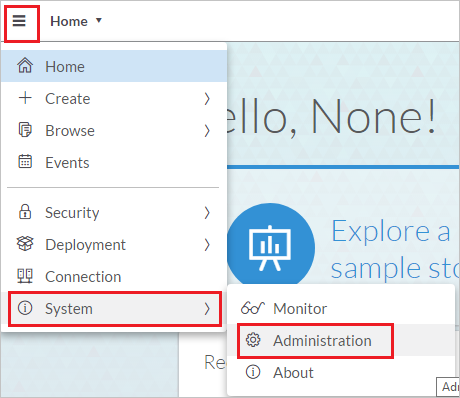
On the Security tab, select the Edit (pen) icon.
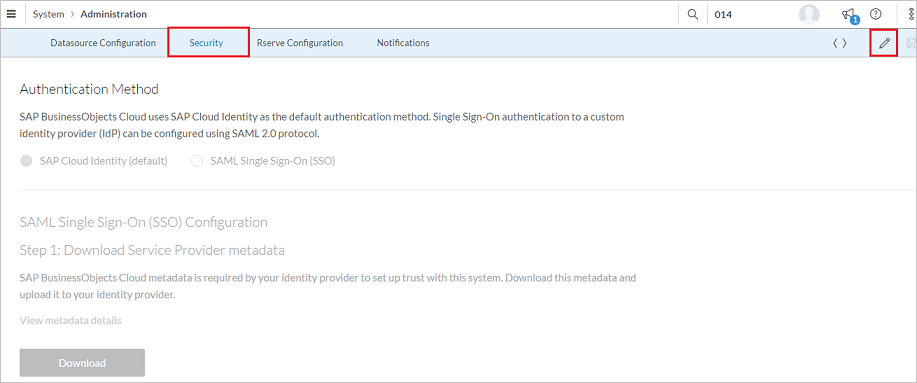
For Authentication Method, select SAML Single Sign-On (SSO).

To download the service provider metadata (Step 1), select Download. In the metadata file, find and copy the entityID value. In the Azure portal, on the Basic SAML Configuration dialog, paste the value in the Identifier box.

To upload the service provider metadata (Step 2) in the file that you downloaded, under Upload Identity Provider metadata, select Upload.

In the User Attribute list, select the user attribute (Step 3) that you want to use for your implementation. This user attribute maps to the identity provider. To enter a custom attribute on the user's page, use the Custom SAML Mapping option. Or, you can select either Email or USER ID as the user attribute. In our example, we selected Email because we mapped the user identifier claim with the userprincipalname attribute in the User Attributes & Claims section. This provides a unique user email, which is sent to the SAP Analytics Cloud application in every successful SAML response.

To verify the account with the identity provider (Step 4), in the Login Credential (Email) box, enter the user's email address. Then, select Verify Account. The system adds sign-in credentials to the user account.

Select the Save icon.

Create SAP Analytics Cloud test user
Microsoft Entra users must be provisioned in SAP Analytics Cloud before they can sign in to SAP Analytics Cloud. In SAP Analytics Cloud, provisioning is a manual task.
To provision a user account:
Sign in to your SAP Analytics Cloud company site as an administrator.
Select Menu > Security > Users.
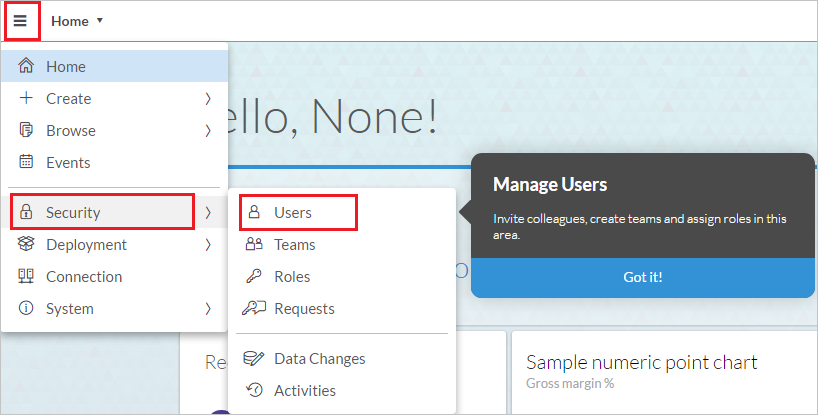
On the Users page, to add new user details, select +.

Then, complete the following steps:
In the USER ID box, enter the user ID of the user, like B.
In the FIRST NAME box, enter the first name of the user, like B.
In the LAST NAME box, enter the last name of the user, like Simon.
In the DISPLAY NAME box, enter the full name of the user, like B.Simon.
In the E-MAIL box, enter the email address of the user, like
b.simon@contoso.com.On the Select Roles page, select the appropriate role for the user, and then select OK.
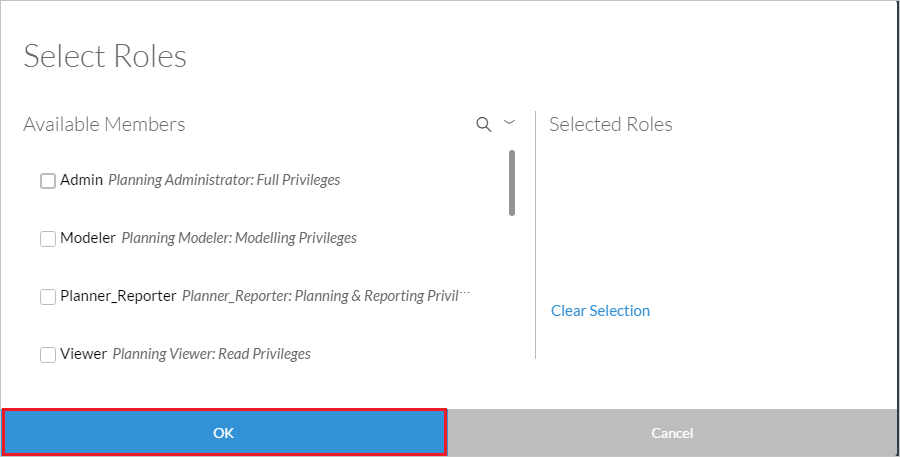
Select the Save icon.
Note
SAP Analytics Cloud also supports automatic user provisioning, you can find more details here on how to configure automatic user provisioning.
Test SSO
In this section, you test your Microsoft Entra single sign-on configuration with following options.
Select Test this application, this option redirects to SAP Analytics Cloud Sign-on URL where you can initiate the login flow.
Go to SAP Analytics Cloud Sign-on URL directly and initiate the login flow from there.
You can use Microsoft My Apps. When you select the SAP Analytics Cloud tile in the My Apps, this option redirects to SAP Analytics Cloud Sign-on URL. For more information about the My Apps, see Introduction to the My Apps.
Related content
Once you configure SAP Analytics Cloud you can enforce session control, which protects exfiltration and infiltration of your organization’s sensitive data in real time. Session control extends from Conditional Access. Learn how to enforce session control with Microsoft Defender for Cloud Apps.